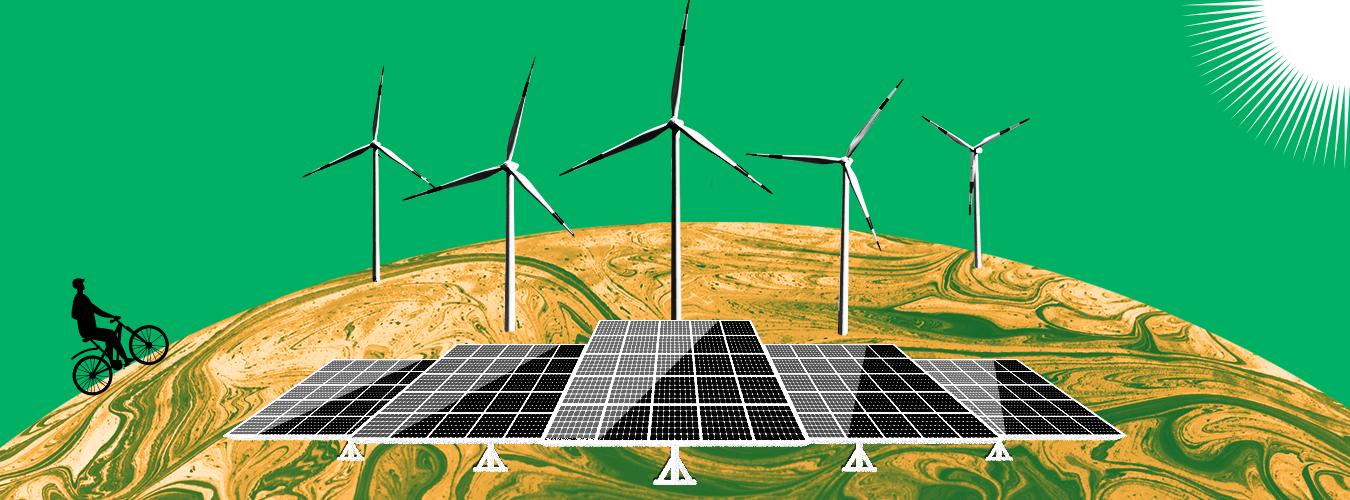
Renewable energy – powering a safer and prosperous future
Energy is at the heart of the climate challenge – and key to the solution.
Most of the greenhouse gases that trap heat in the Earth's atmosphere come from burning fossil fuels to produce energy, mainly for electricity and heat. In 2023, the power sector was the largest source of global greenhouse gas emissions.
The science is clear: to avoid the worst impacts of climate change, emissions must be reduced by almost half by 2030, and reach net-zero by 2050.
To achieve this, we need to end our reliance on fossil fuels and invest in alternative sources of energy that are clean, accessible, affordable, sustainable, and reliable.
Renewable energy sources — such as sunlight, wind, water, organic waste, and heat from the Earth — are abundant, replenished by nature, and emit little to no greenhouse gases or air pollutants.
Fossil fuels still account for nearly 60 per cent of electricity generation, but cleaner sources of energy are gaining ground. Between 2015 and 2024, annual electricity capacity of renewables increased by around 2,600 gigawatts (GW) - a 140 per cent increase. In the same period, fossil fuels electricity capacity only increased by around 640 GW (16 per cent).
Here are five reasons why accelerating the transition to clean energy is the pathway to a healthy, livable planet today and for generations to come.
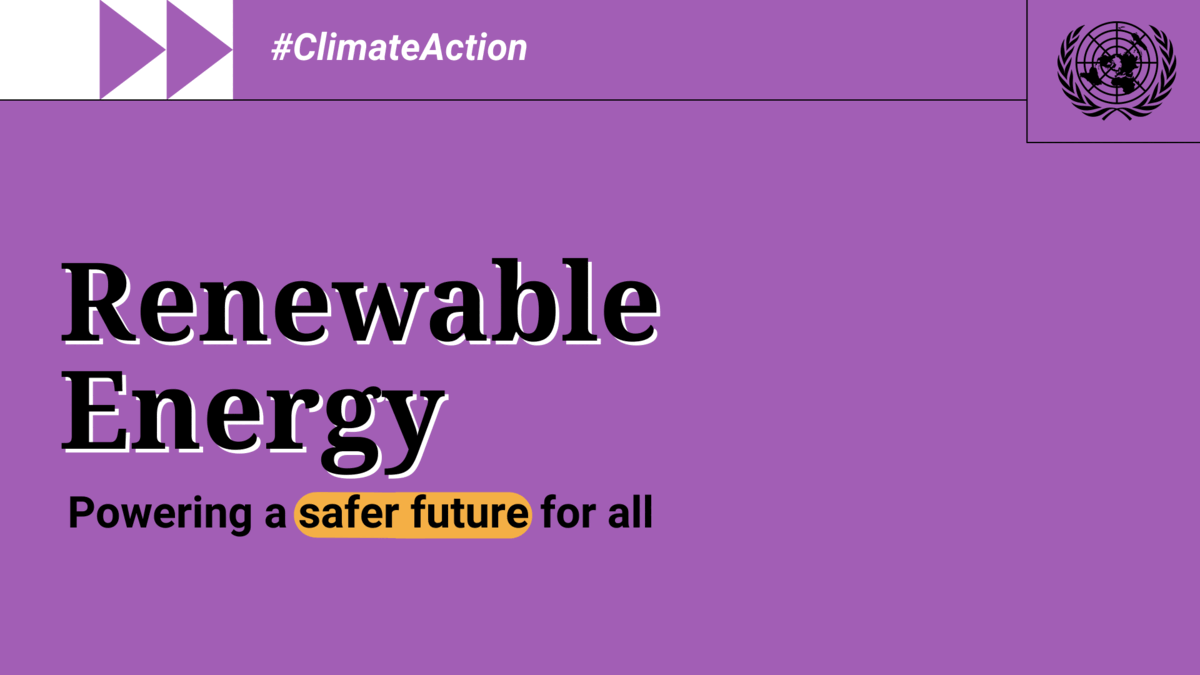
1. Renewable energy sources are all around us
About 80 per cent of the global population lives in countries that are net-importers of fossil fuels - that’s about 6 billion people who are dependent on fossil fuels from other countries, which makes them vulnerable to geopolitical shocks and crises.
In contrast, renewable energy sources are available in all countries, and their potential is yet to be fully harnessed. The International Renewable Energy Agency (IRENA) estimates that 90 percent of the world’s electricity can and should come from renewable energy by 2050.
Renewables offer a way out of import dependency, allowing countries to diversify their economies and protect them from the unpredictable price swings of fossil fuels, while driving inclusive economic growth, new jobs, and poverty alleviation.
2. Renewable energy is cheaper
Today, renewable energy is the most affordable source of power in most parts of the world.
Prices for renewable energy technologies are dropping rapidly. Over 90 per cent of new renewable projects are now cheaper than fossil fuels alternatives. At the same time, solar and offshore wind are now respectively 41 per cent and 53 per cent cheaper than fossil fuels.
Declining prices are making renewable energy more attractive worldwide – including to low- and middle-income countries, where most of the future demand for new electricity will arise. This creates a real opportunity for much of the new power supply over the coming years to come from low-carbon sources. By 2040, for instance, Africa could generate 10 times more electricity than it needs – entirely from renewables.
Renewable energy can also help meet new electricity demand, particularly for Artificial Intelligence (AI) and data centres. A typical AI data centre eats up as much electricity as 100,000 homes. Every major tech firm should switch to 100 per cent renewables to power data centres by 2030.
Cheap electricity from renewable sources could provide 65 per cent of the world’s total electricity supply by 2030. It could decarbonize 90 per cent of the power sector by 2050, massively cutting carbon emissions and helping to mitigate climate change.
3. Renewable energy is healthier
According to the World Health Organization (WHO), about 99 percent of people in the world breathe air that exceeds air quality limits and threatens their health. Air pollution is associated with 7 million premature deaths every year.
The unhealthy levels of fine particulate matter and nitrogen dioxide originate mainly from the burning of fossil fuels. The economic health damage caused by air pollution amounts to $8.1 trillion a year, equivalent to 6.1 per cent of global GDP.
Switching to clean sources of energy, such as wind and solar, helps address not only climate change but also air pollution and health.
4. Renewable energy creates jobs
Clean energy sector jobs already outnumber fossil fuel jobs – employing almost 35 million people worldwide. In 2023, 16.2 million people were employed in the renewable energy sector, up from 13.7 million in 2022.
For every dollar invested, renewable energy creates three times as many jobs as the fossil fuel industry. The IEA estimates that the transition towards net-zero emissions will lead to an overall increase in energy sector jobs: while about 5 million jobs in fossil fuel production could be lost by 2030, an estimated 14 million new jobs would be created in clean energy, resulting in a net gain of 9 million jobs.
In addition, energy-related industries will need 16 million more workers, for instance to take on new roles manufacturing electric vehicles and hyper-efficient appliances, or in innovative technologies such as hydrogen economy. This means that a total of more than 30 million jobs could be created in clean energy, efficiency, and low-emissions technologies by 2030.
Ensuring a just transition, placing the needs and rights of people at the heart of the energy transition, will be paramount to make sure no one is left behind.
5. Renewable energy makes economic sense
In 2024, $2 trillion went into clean energy – $800 billion more than fossil fuels and up almost 70 per cent in ten years. In 2023 alone, clean energy sectors drove 10 per cent of global GDP growth.
Furthermore, energy-related carbon dioxide emissions are growing more slowly than the global economy. Emissions growth slowed to 0.8 per cent in 2024, while the global economy expanded by more than 3 per cent.
Yet, the fossil fuel industry continues to be heavily subsidized. About $7 trillion was spent on fossil fuels in 2022, including through explicit subsidies, tax breaks, and health and environmental damages that were not priced into the cost of fossil fuels.
In comparison, about $4.5 trillion a year needs to be invested in renewable energy until 2030 – including investments in technology and infrastructure – to allow us to reach net-zero emissions by 2050.
The upfront cost can be daunting for many countries with limited resources, and many will need financial and technical support to make the transition. But investments in renewable energy will pay off. Additionally, the reduction of pollution and climate impacts could save the world up to $4.2 trillion per year by 2030.
Moreover, efficient and reliable renewable technologies can create a system less prone to market shocks and improve resilience and energy security by diversifying power supply options.
Learn more about how many communities and countries are realizing the economic, societal, and environmental benefits of renewable energy.
Will developing countries benefit from the renewables boom? Learn more here.
Watch the Secretary-General's special address “A Moment of Opportunity: Supercharging the Clean Energy Age” here.
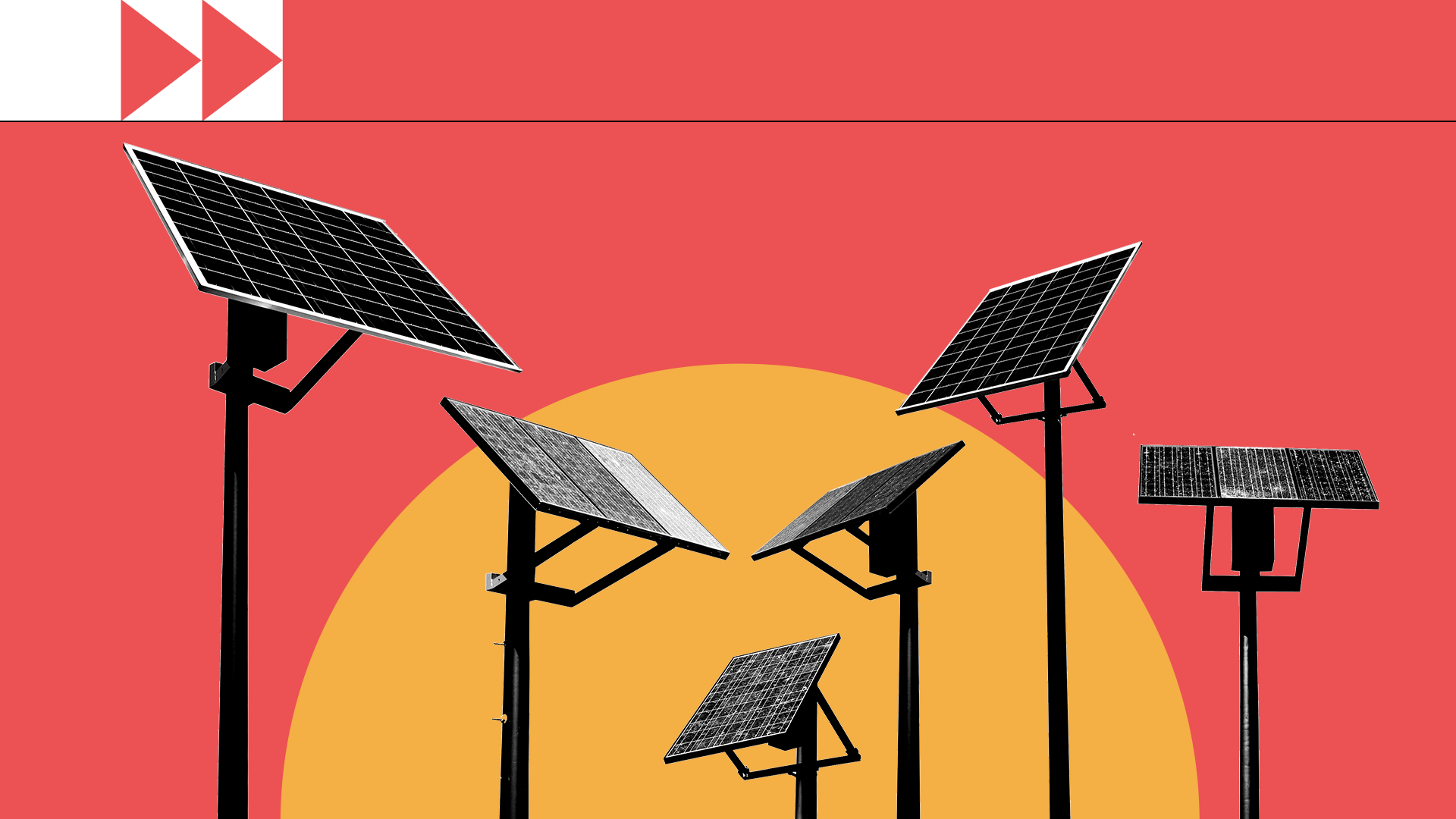
What is renewable energy?
Derived from natural resources that are abundant and continuously replenished, renewable energy is key to a safer, cleaner, and sustainable world. Explore common sources of renewable energy here.
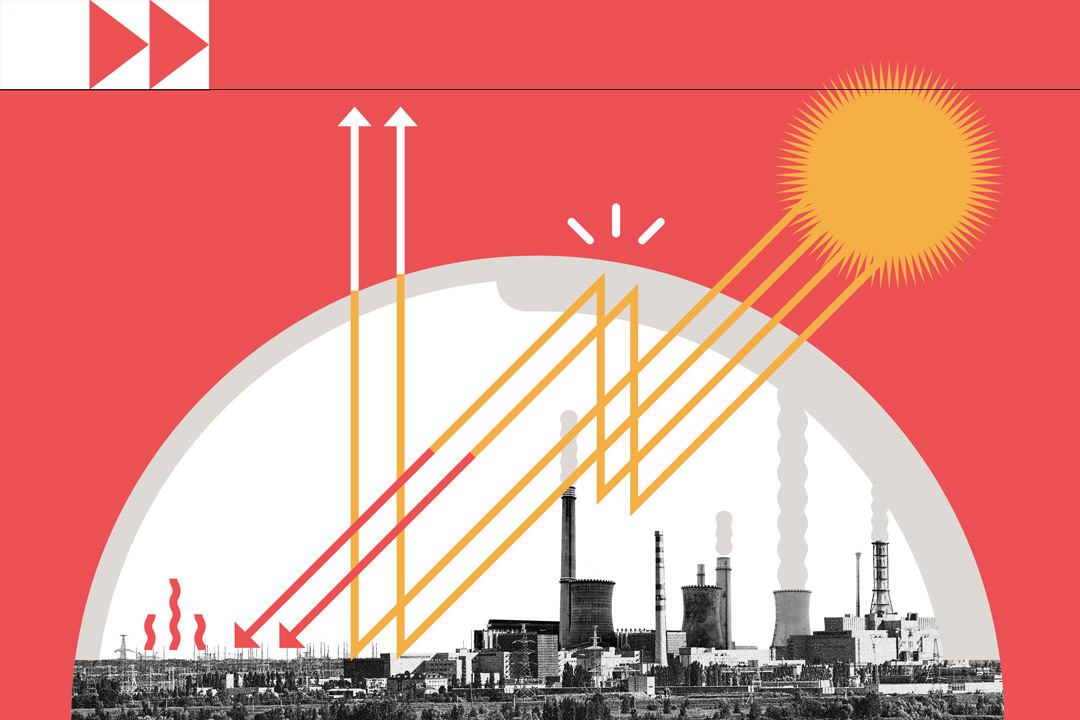
Why invest in renewable energy?
Learn more about the differences between fossil fuels and renewables, the benefits of renewable energy, and how we can act now.

Six actions to accelerate the clean energy transition
The Secretary-General outlines six critical areas we must prioritize to end our reliance on fossil fuels and transition our energy systems.

Net zero
What is net zero? Why is it important? Our net-zero page explains why we need steep emissions cuts now and what efforts are underway.

What is climate change?
Our climate 101 offers a quick take on the how and why of climate change. Read more.
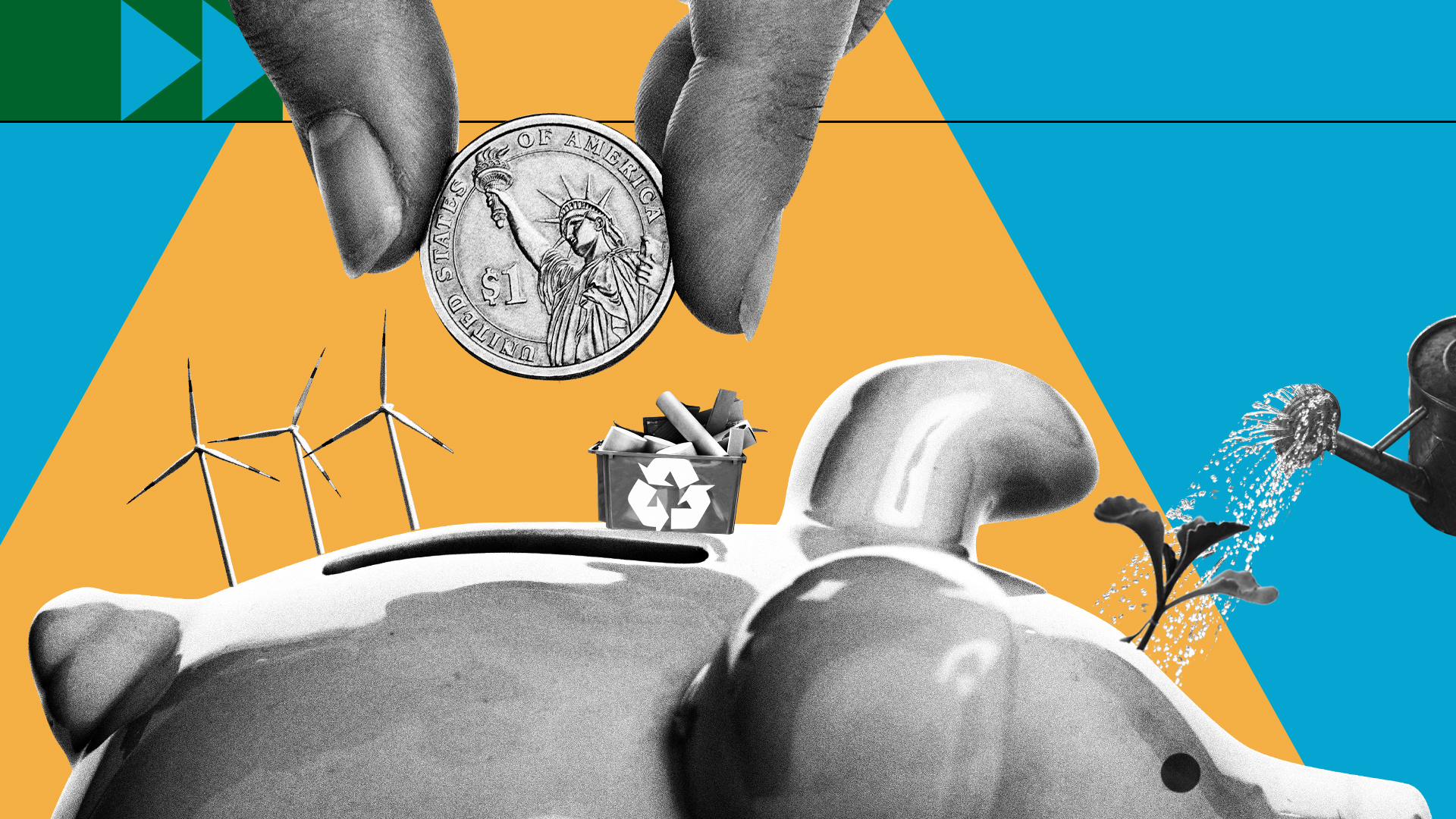
Finance
How will the world foot the bill? We explain the issues and the value of financing climate action.

Climate issues
Learn more about how climate change impacts are felt across different sectors and ecosystems.
Almost every nation has enough sun, wind, or water to become energy self-sufficient.

